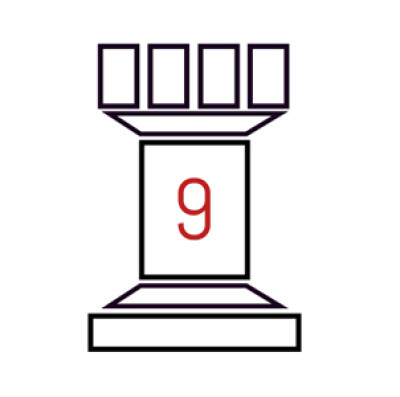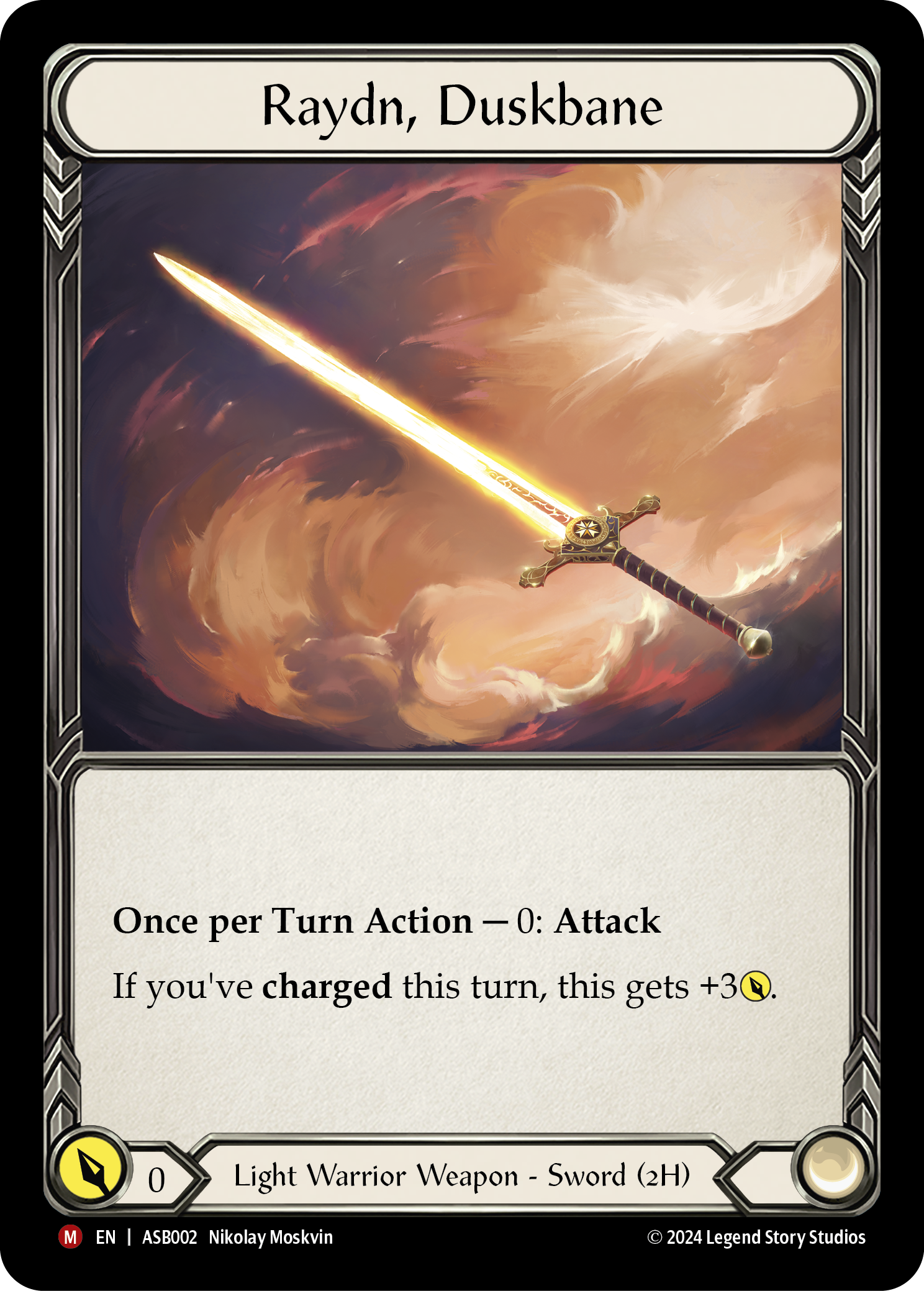
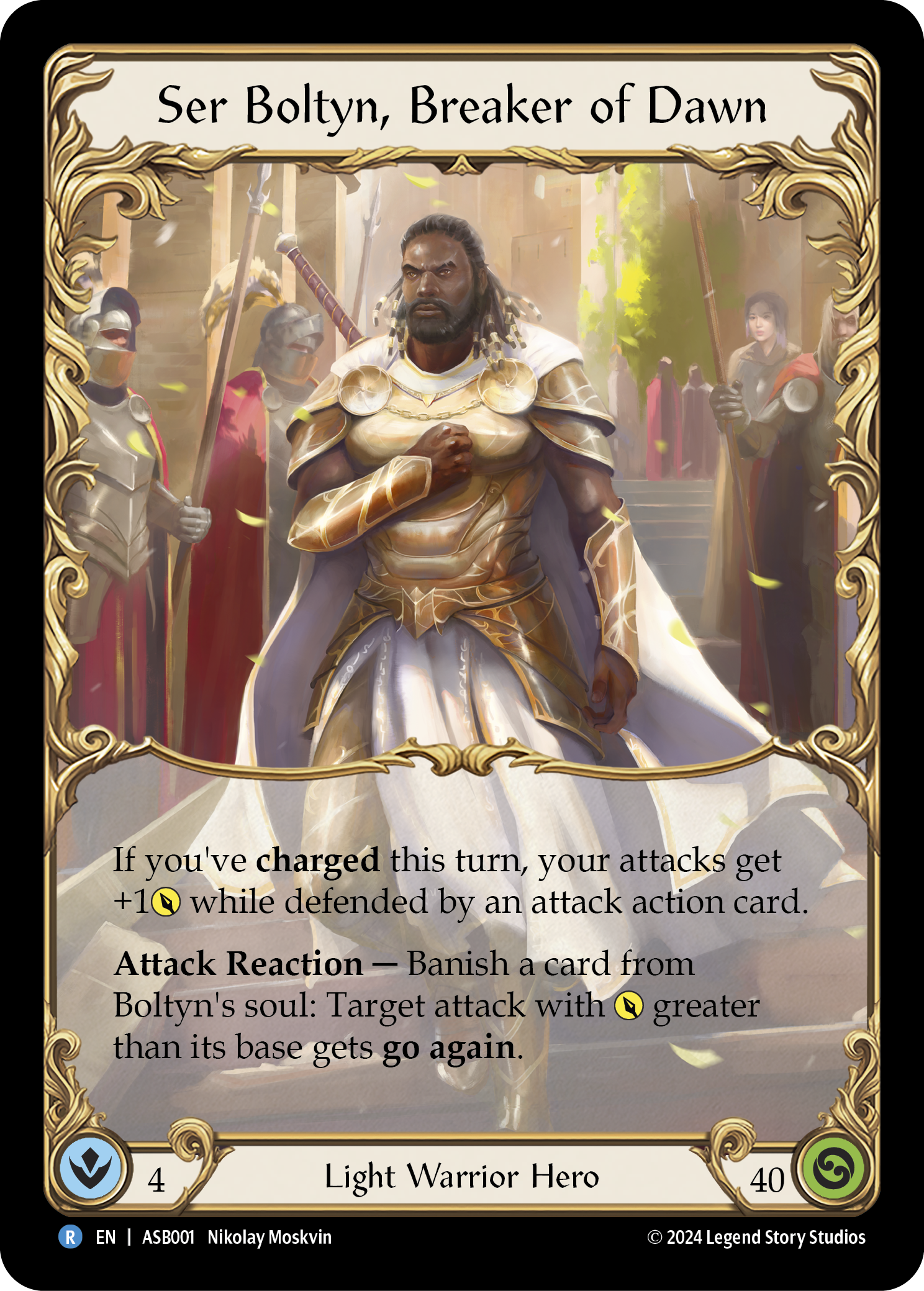
As I’ve covered in some previous writing here and elsewhere, Ser Boltyn, Breaker of Dawn has been a strong hero with various different game plans available. However, since his release back in the days of Monarch, strategies that focus on Raydn, Duskbane (not to be confused with the infamously banned Duskblade) have been falling by the wayside, with Boltyn play increasingly shifting towards the Lumina Ascension + Cintari Sabers + Courage of Bladehold combo.
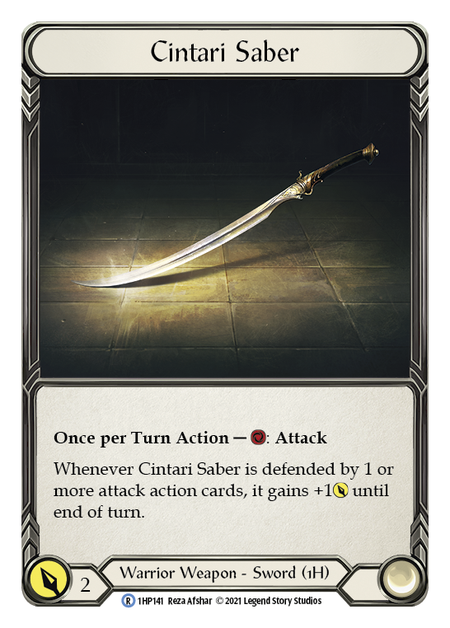
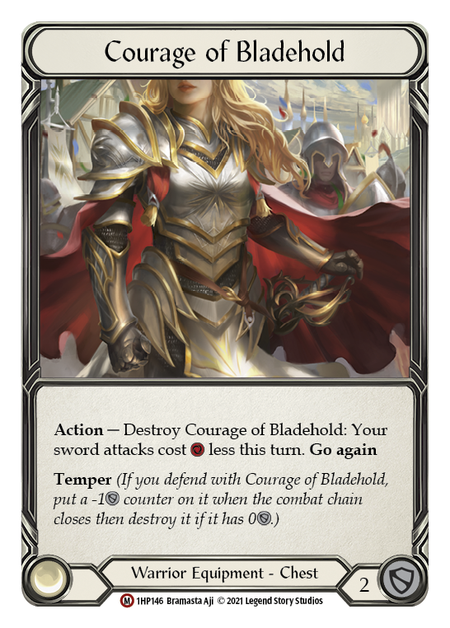
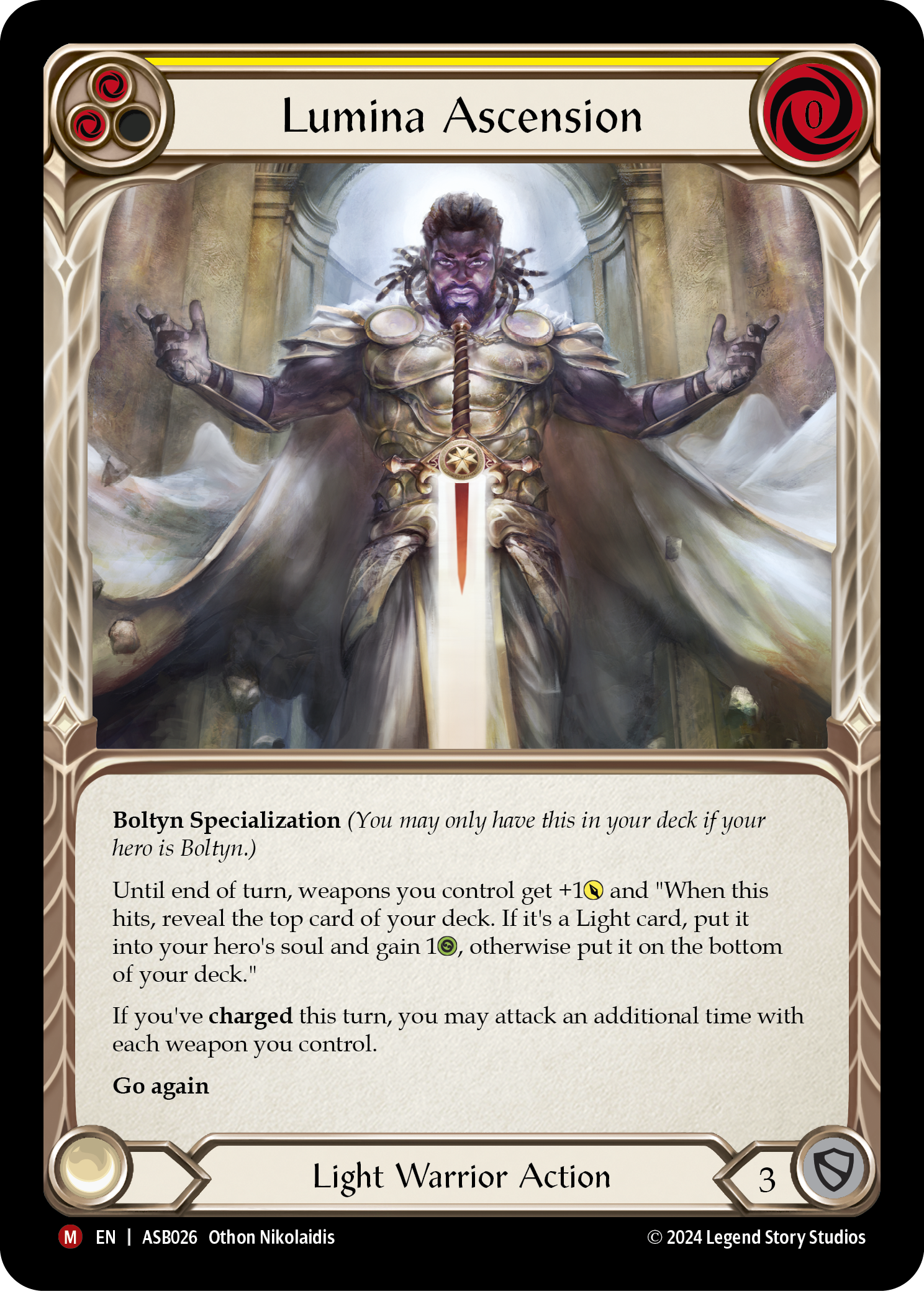
Personally, I’m not as fond of combo gameplay, so my interest in playing Boltyn had waned; however, the release of Dusk Till Dawn has put some new spring in Boltyn’s step! With a plethora of new cards available, many of which seem particularly suited for a non-combo gameplan, Raydn Boltyn may be poised to return to the game!
Let’s take a look at some of these changes and see what our classic Light Warrior can do with some new tricks up his sleeve.
New Equipment
First up, let’s talk equipment. Since equipment starts in play and will be present in every game, it can have a big impact on your deck! In the past, Raydn decks suffered from having pretty weak equipment compared to other builds; at Monarch’s release, Raydn Boltyn typically ran Arcanite Skullcap, Fyendal’s Spring Tunic, Braveforge Bracers, and Snapdragon Scalers. While Snapdragon Scalers – ironically the only common equipment of the bunch – still seems the best option today, the others have some potential upgrades. Not all of this comes from Dusk Till Dawn, but when one returns to a deck that’s been dormant for a while it’s worth looking at what's changed.
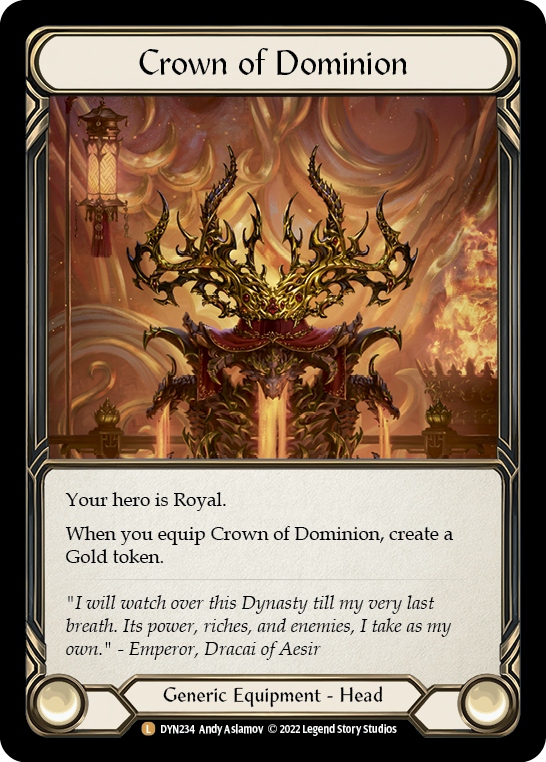
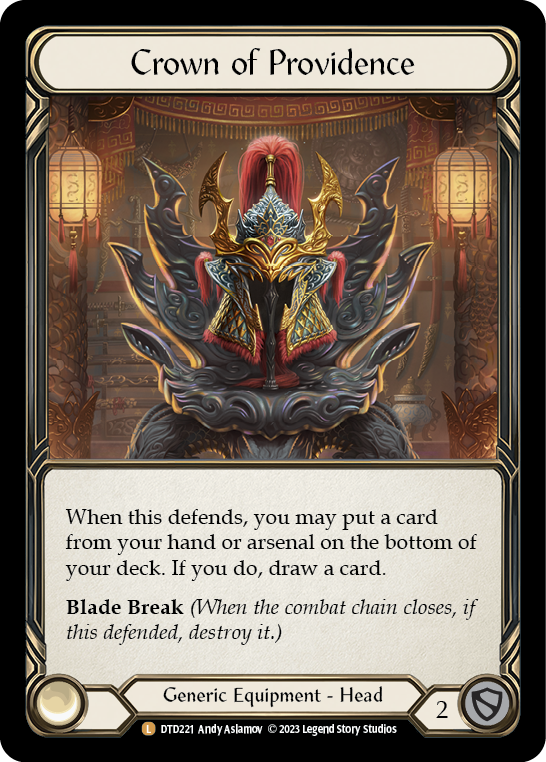
In the head slot, Boltyn players can now run Crown of Providence, a generally much stronger card than Arcanite Skullcap. Not only can the Crown save your arsenal from effects like Disable or the classic Command and Conquer, it can also sometimes save you from not having a charger in hand! Another option would be the Crown of Dominion, which allows you to start with a Gold token and get two card draws off Cash In.
Pro Tip: One useful thing about Boltyn is that he can charge away situational cards, making including these less risky than with some other heroes. Those extra two copies of Cash In are often dead cards after you’ve spent your Gold token for other heroes, but with Boltyn you can still pitch or charge them!
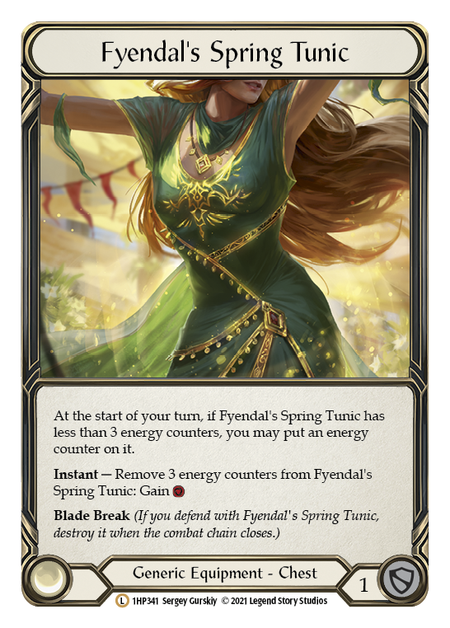
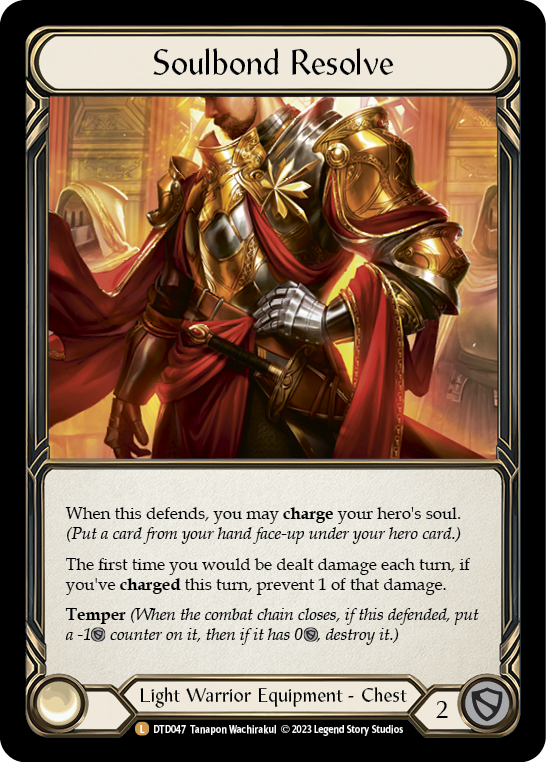
For the chest, Fyendal’s Spring Tunic is still a classic option (and perhaps my personal favorite), but the new Soulbond Resolve offers an alternate approach. This card can “jump start” your charging by allowing you to charge on defense when you block with it, and it also provides a bit of protection on your own turn – especially useful against pesky Wizards or damaging defense reactions like the old Steelblade Shunt.
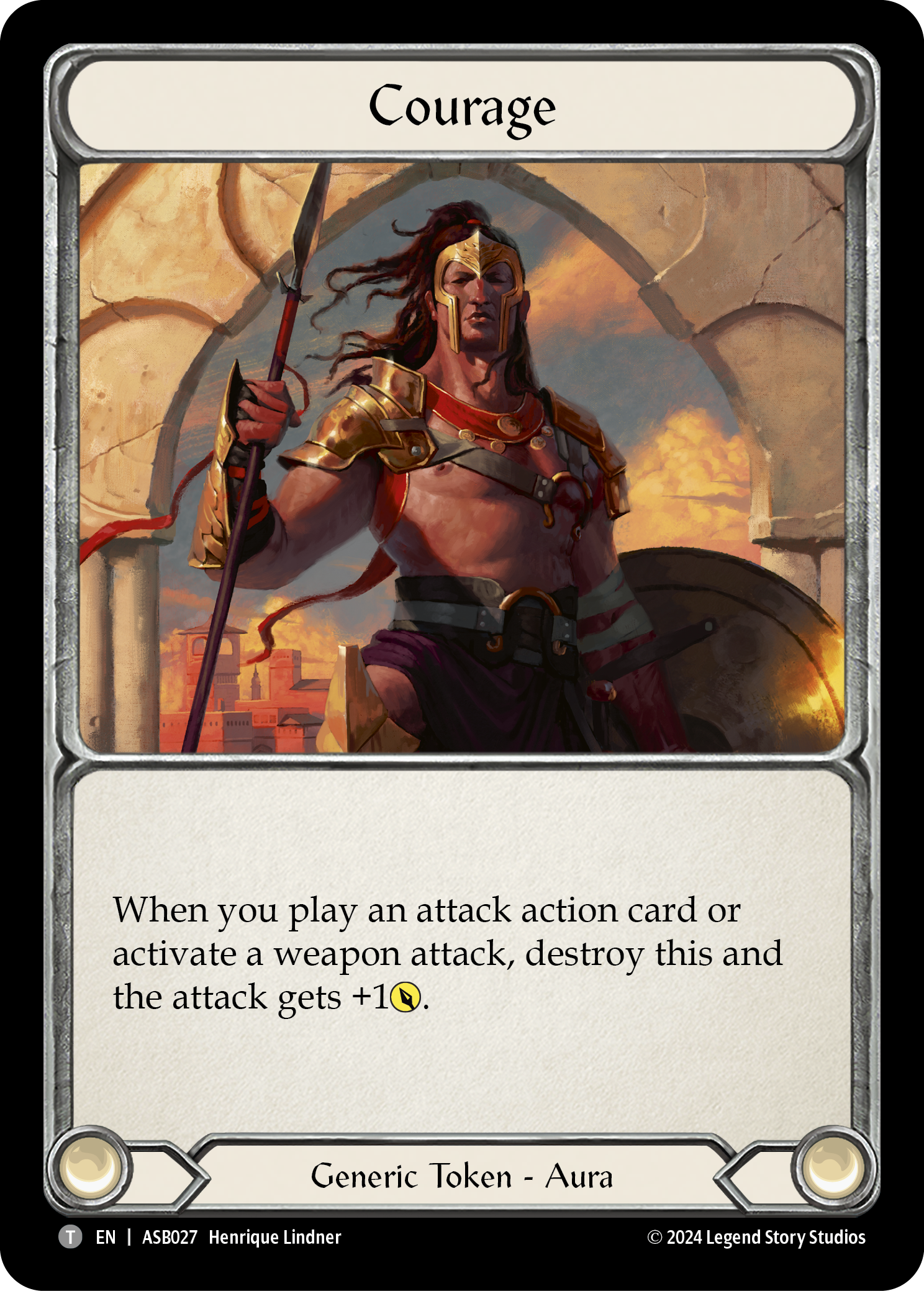
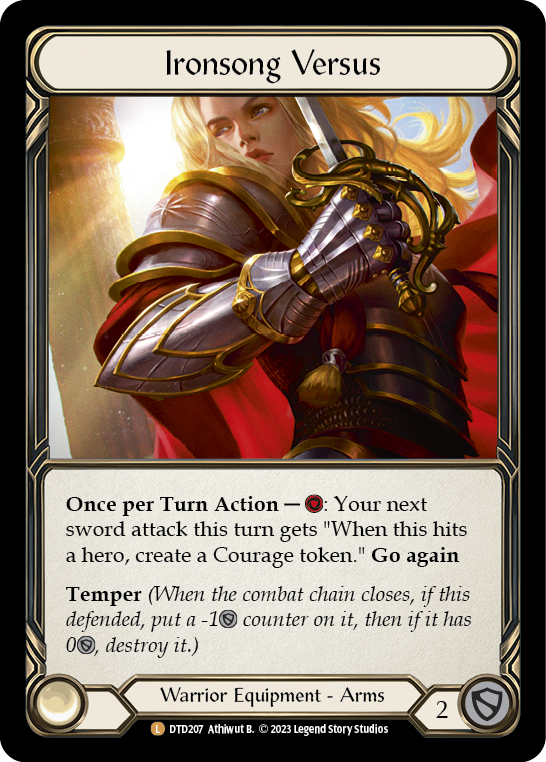
Last but not least, in the arms slot we have the great Ironsong Versus, which is pretty much a straight upgrade to Braveforge Bracers for Raydn builds. Braveforge Bracers’ ability was only live on Lumina turns, but Ironsong Versus can be used any time you have a spare resource available and threatens a Courage token, giving your next attack +1 – not only is this good value, but it synergizes with Boltyn’s hero ability to allow attacks to gain go again which might otherwise not have them! This is probably the biggest and best change of any of the equipment, as it has almost no downside and can provide major advantages if used well.
Pro Tip: Be sure to use Ironsong Versus before playing V of the Vanguard if you plan to use both it and V on the same turn; in other situations it might be better to wait and activate Versus right before the Dawnblade swings, but activating it after playing V will break the chain and lose you V’s bonus damage from charging Light cards!
Charging Up
The biggest change with Dusk Till Dawn is simply that Boltyn players now have many more cards to choose from. In testing, I’ve found that you often want to have somewhere around 27-33 cards that charge your soul (almost uniformly attacks) in order to consistently enable charge and various effects that capitalize on it. However, in the past there simply weren’t 27-33 good charge attacks to put in a deck, leading Boltyn players to have to lean on dubious cards like Cross the Line to fill the gaps. Now, a range of new charge effects makes Boltyn deckbuilding feel much less like a struggle to get enough ways to charge your soul and more like selecting the options that most fit your build and playstyle.
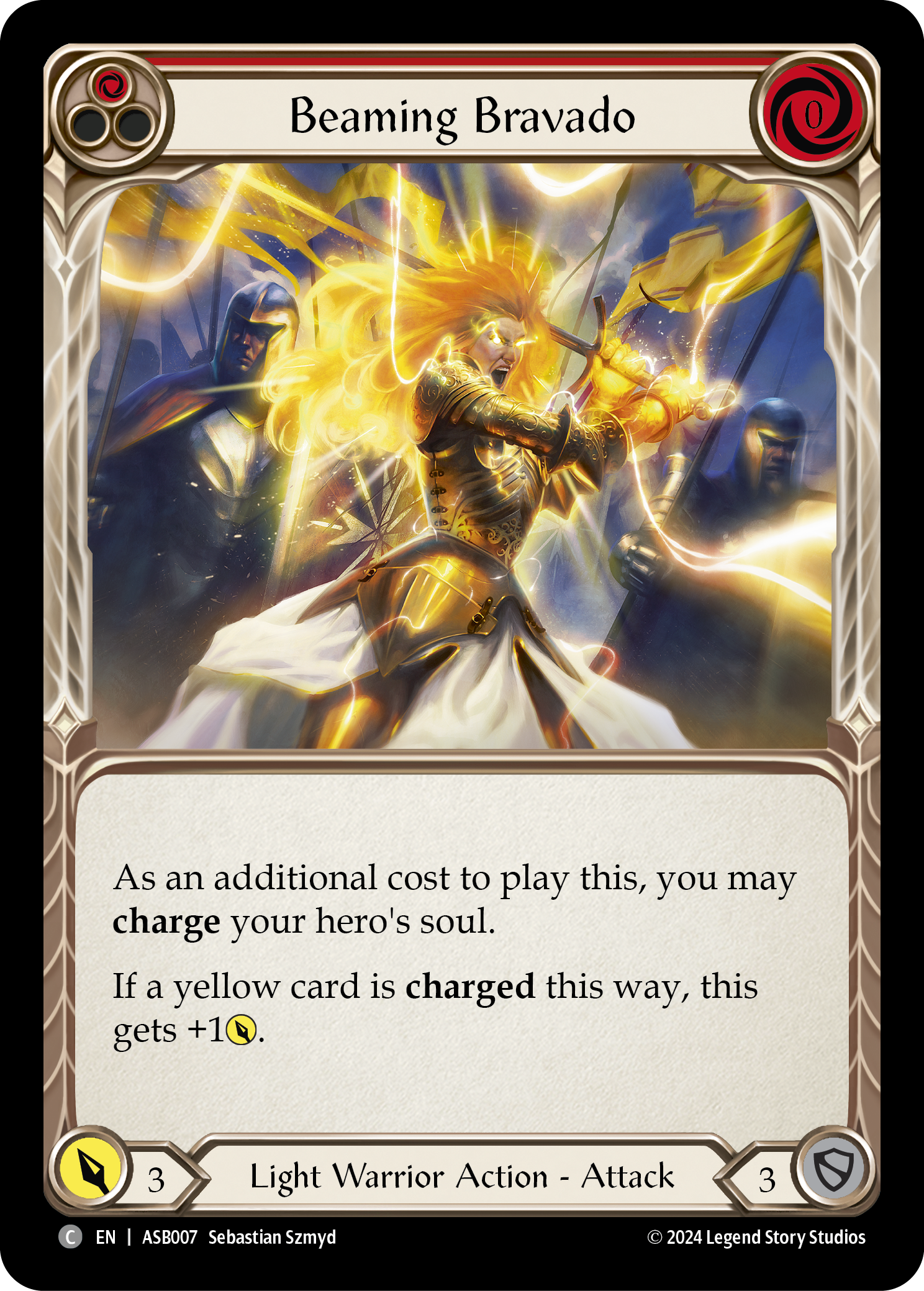
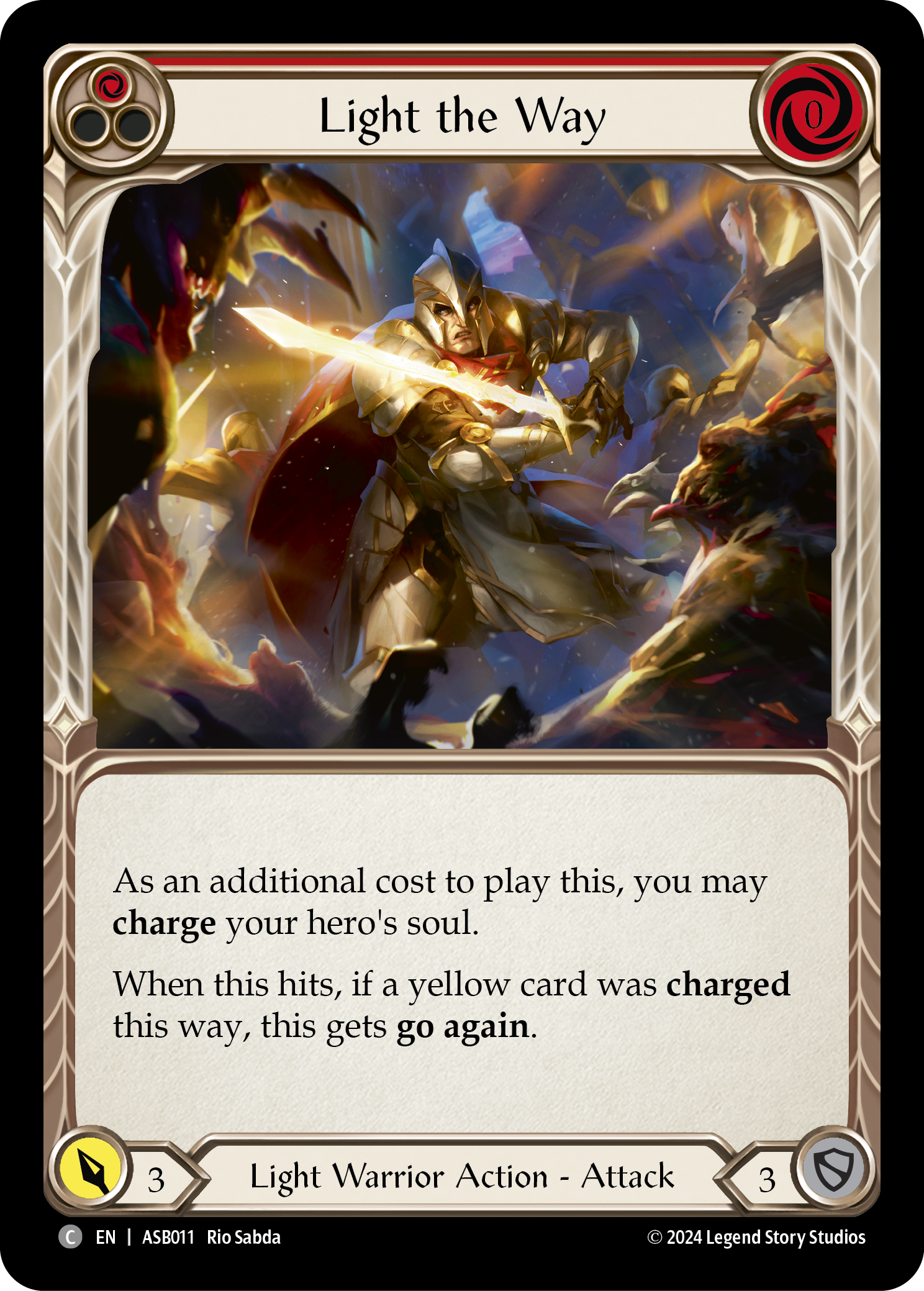
Pro Tip: Many of the new charge effects require that you charge with specifically a yellow card. While yellows have often not been popular, given they have neither the efficient offense of red nor the resource production of blues, Boltyn can make better use of them than most; his cost curve is pretty low to the ground, with most cards costing zero or one resources. That means a yellow pitch can often fuel an entire turn, and perhaps even have some energy left over for that new Ironsong Versus.
I’ve done some testing both with builds that are heavily yellow-weighted and more “standard” builds. Currently, I favor a deck that’s about 50% yellows, allowing you to pitch or to hit charge effects that require a yellow card fairly reliably while still leaving some space for more powerful reds.
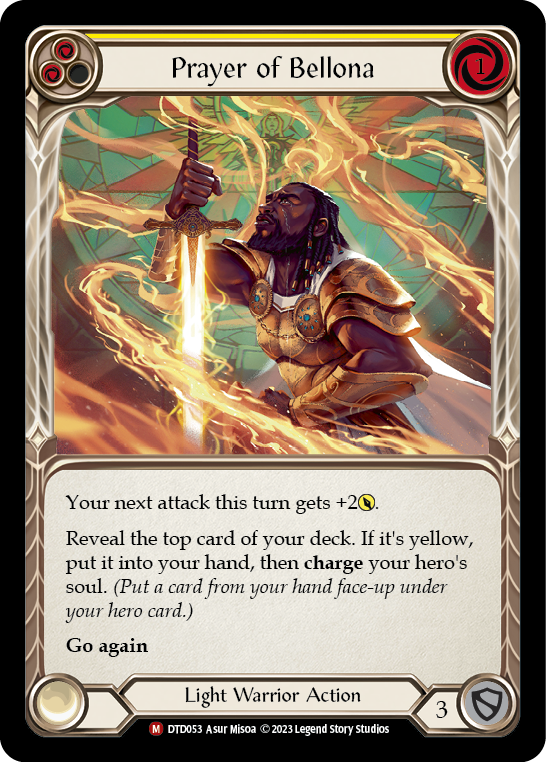
In turn, this – perhaps controversially – means I’m omitting the new Prayer of Bellona. While this card can be quite strong, I prefer more consistency - though fans of Tome of the Arknight in Runeblade builds might well like this, and in a yellow-heavy build you can get its reliability up rather high.
Raising the Banner
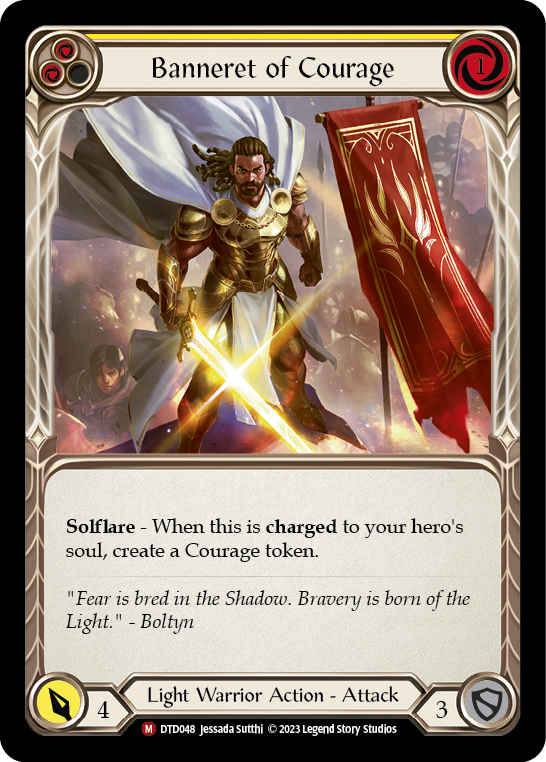
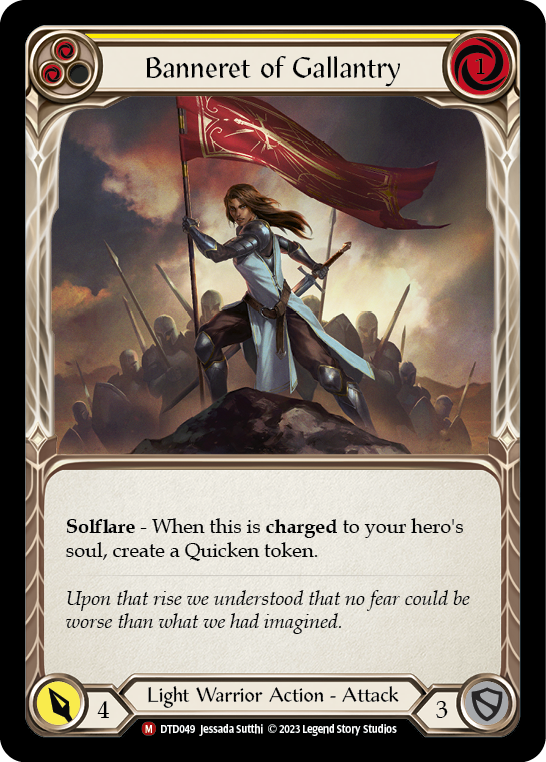
Further, the new Banneret cards offer a new twist on Boltyn’s gameplay. While playable as yellow attacks in a pinch, the main thing Bannerets have to offer is an additional payoff via the solflare mechanic when they are charged, hence creating value. There are several Bannerets to choose from, each providing a different type of bonus value; my personal favorites are the Banneret of Courage (granting a Courage token) and the Banneret of Gallantry (granting a Quicken token). I’ve been playing six Bannerets and that seems like a good number; too many might dilute the rest of the deck, but having some in there can really help get extra value out of your charge effects!
Conclusion
Here’s a basic deck that I might consider a relevant starting point, complete with basic sideboard options.

Weapons
- Raydn, Duskbane (1)
Equipment
- Ironsong Versus (1)
- Crown of Providence (1)
- Fyendal's Spring Tunic (1)
- Halo of Illumination (1)
- Snapdragon Scalers (1)
- Radiant Touch (1)
- Soulbond Resolve (1)
Loadout
- Art of War (Yellow) (2)
- Celestial Cataclysm (Yellow) (3)
- Beacon of Victory (Yellow) (3)
- Beaming Bravado (Red) (3)
- Bolt of Courage (Red) (3)
- Battlefield Blitz (Red) (3)
- Beaming Bravado (Yellow) (3)
- Courageous Steelhand (Red) (3)
- Engulfing Light (Red) (3)
- Banneret of Courage (Yellow) (3)
- Banneret of Gallantry (Yellow) (3)
- Lumina Ascension (Yellow) (3)
- Bolt of Courage (Yellow) (3)
- Command and Conquer (Red) (3)
- Take Flight (Yellow) (3)
- Light the Way (Red) (3)
- Soul Shield (Yellow) (3)
- Take Flight (Red) (3)
- Spirit of War (Red) (3)
- Oasis Respite (Red) (3)
- Springboard Somersault (Yellow) (3)
- Snatch (Red) (3)
- Spirit of Eirina (Yellow) (1)
- V of the Vanguard (Yellow) (3)
- Valiant Thrust (Red) (3)
This build has some of the core features that I consider relevant for a Raydn build – thirty chargers and yellows in the “standard” setup, several payoffs for charging, and so on. To use this style of build effectively, it’s important to know when to block and build up soul and when to go on the offense. V of the Vanguard and Lumina Ascension are key pieces that can be used to overwhelm the opponent, but normally antisynergize as playing Lumina will break the chain and block V of the Vanguard’s bonuses. However, with Spirit of Eirina on the field you can benefit from both V of the Vanguard and Lumina Ascension on the same combat chain – a very powerful way to attack!
I don’t claim this build is perfectly honed by any means, and in fact encourage you to make it your own by adding and experimenting with cards you find interesting or appropriate for your local meta, but I think it’s a reasonable starting point to try out.
Overall, I’ve found that Raydn Boltyn is a fun and interesting deck, with a play pattern unlike some other heroes. While not a fully aggro deck, Raydn builds can pull off some huge turns; similarly, the plethora of three-defense cards means the deck can block and bide its time when necessary as well. I encourage other Boltyn fans to give Raydn a second look!


